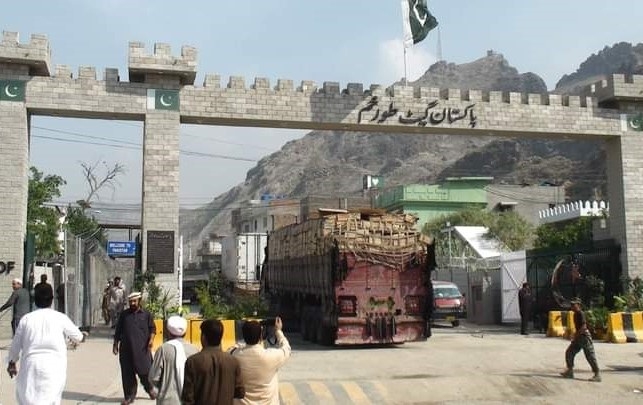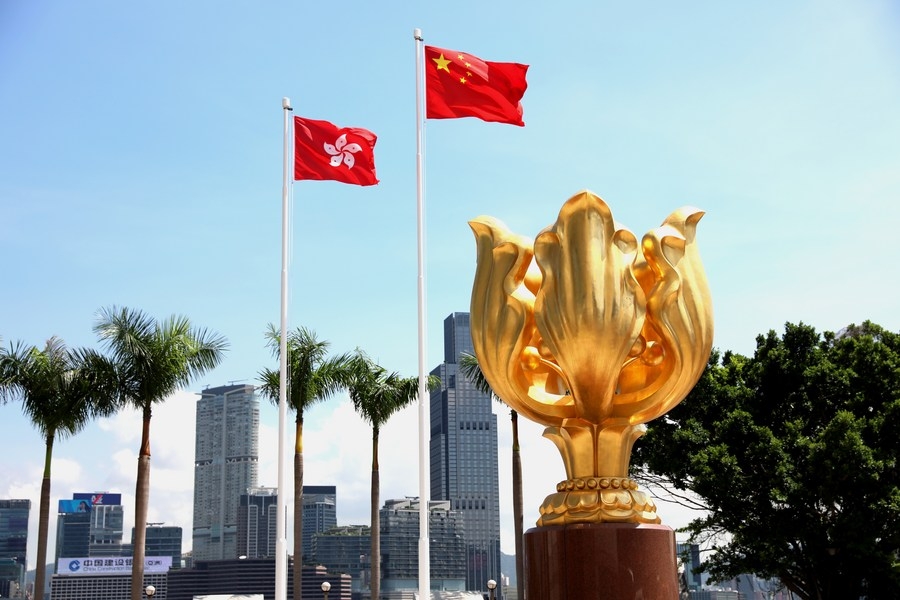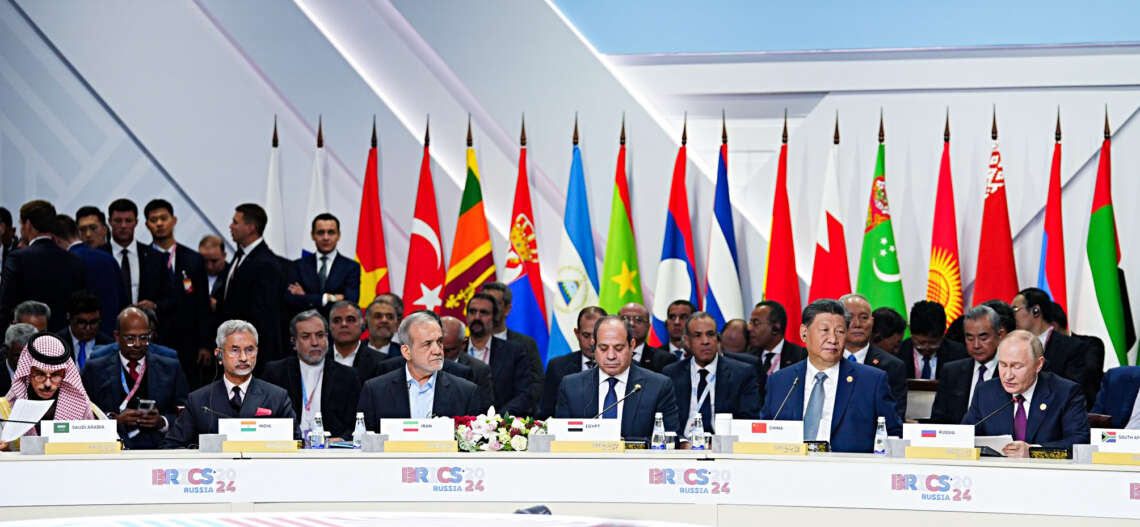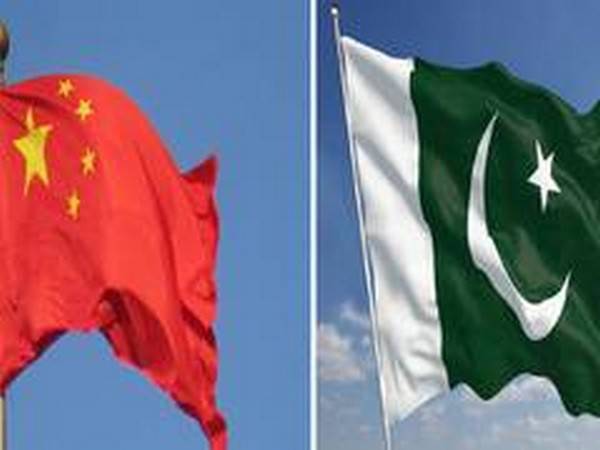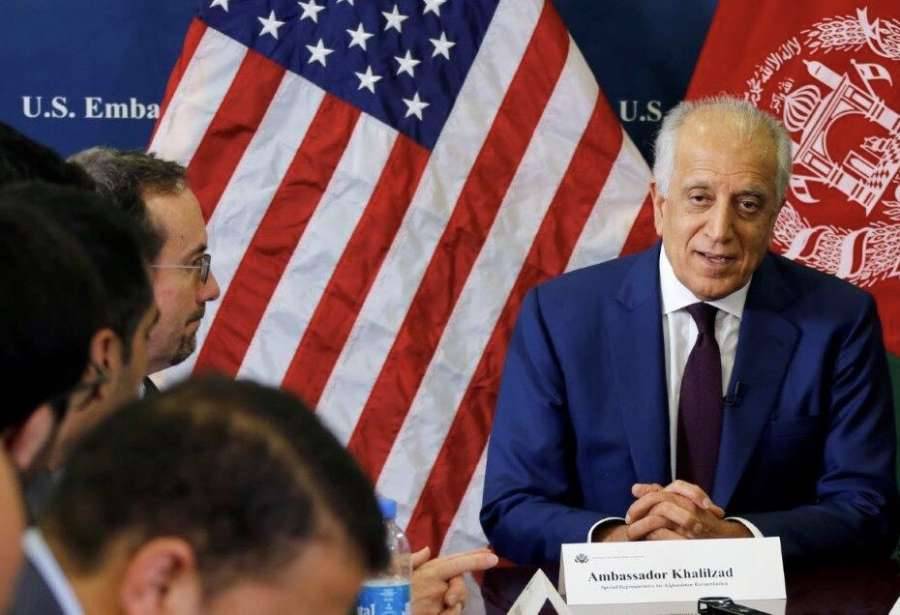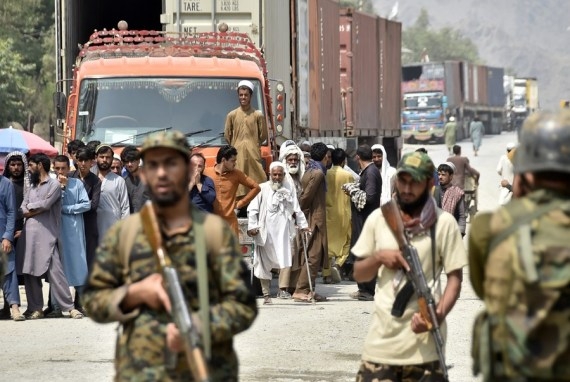An upward shift in anti-India capabilities needs to be factored in when countermeasures are being designed. It must be assumed that the Sino-Pakistan alliance is on the same page where its overall objectives towards India are concerned, writes Prof. Madhav Nalapat
Nicholas Burns, who has been nominated by US President Joe Biden as the next Ambassador to China, was blunt in pointing out that it was the PRC that was engaging in aggression against India. The risk is high that the PLA may embark on a major military operation across the border with India. A major kinetic act of aggression against the world’s most populous democracy is unlikely until the end of the 4-20 February Winter Olympics in Beijing, because of the risk of a repeat of the large-scale boycott by influential countries of the 1980 Summer Olympics in Moscow.
The reason given by the US for its keeping away from the Moscow Olympics was the Soviet invasion of Afghanistan that began a few months before. It is very likely that a premature invasion of India by the PRC may fuel an equally significant boycott of the Beijing Winter Olympics, thereby causing a “loss of face” to a Chinese leadership that has consistently been triumphalist since the takeover by Xi Jinping as Chinese Communist Party General Secretary, the position that gives him powers in the PRC that are far in excess of that wielded by leaders in democracies.
These have to contend with often feisty media, rival political parties, influential corporate groups and others in a manner that is for now completely absent in the case of Xi Jinping. Since he took over in 2012, Xi has worked without cease to ensure that all institutions come within the control of the CCP leadership with himself as the centrepoint of decision-making. Gone is the prominence once enjoyed by titans of industry such as Jack Ma, who has been brought into line, at least so long as he is resident in the PRC. What took place to the daughter of the founder of Huawei, was a warning signal by the US to corporate princes and princesses in China that they will not be forgiven for accepting demands of the Chinese state that tech companies in particular share the mountains of data on individuals gathered by them with the PLA.
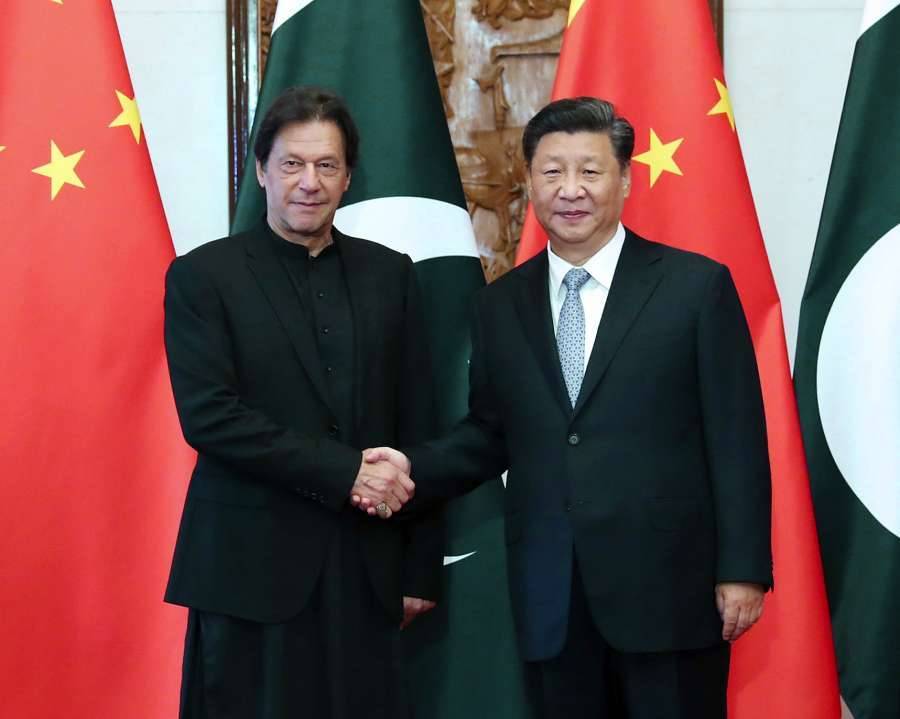
While there may have been initial resistance towards acting in a manner that goes against the laws and security interests of the many countries in which PRC entities dominate the market, after the example made of Jack Ma and a few other China-based corporate czars, such resistance has become a thing of the past. The change does not seem to have had much effect on the overseas market share of PRC conglomerates. Just as many in India equate the Russian Federation with the USSR, to this day the perception persists of the PRC that the country was while Deng Xiaoping was the Paramount Leader. The change in the chemistry and policies of the country that has been visible since Xi Jinping took over is yet to register in the minds and actions of several policymakers and corporate entities.
ALSO READ: Anti-China sentiments fueling in Zimbabwe
In the case of India, officials indicate that trade with the PRC has jumped by nearly 50% in 2021, with the total volume set to cross $110 billion. The bulk of this is accruing as surplus to China. Many policymakers and business interests in India have yet to factor in the increased risk of such dependence on a country that has wholly signed on to the GHQ Rawalpindi strategy of seeking to fragment society in India and damage its potential for double digit growth. They are yet to follow the path favoured by Prime Minister Narendra Modi in his many forthright references to the “expansionist power” intent on taking over territory that belongs to India. Increasingly however, public opinion is on Prime Minister Modi’s side.
LUTYENS DEFINITION OF STRATEGIC AUTONOMY WON’T WORK
Concepts such as “strategic ambiguity” or “strategic autonomy” have become the camouflage behind which those still embedded in Lutyens Logic continue to prescribe policies that have not worked since their inception many decades ago. On 22 October 1947, military-trained raiders from Pakistan entered that part of Kashmir that was in the control of India and killed and looted.
To this day, the number of those in positions of influence who believe in talks and conciliation as the way towards good behaviour on the part of the Pakistan military continue to be substantial, although GHQ Rawalpindi sends raiders across the Line of Control to this day. Even the decision by India not to hold to account in 1972 even a single officer or soldier in the Pakistan army that had pillaged, murdered and committed atrocities on a genocidal scale in Bangladesh around fifty years ago had no effect on the behaviour of the Pakistan military.
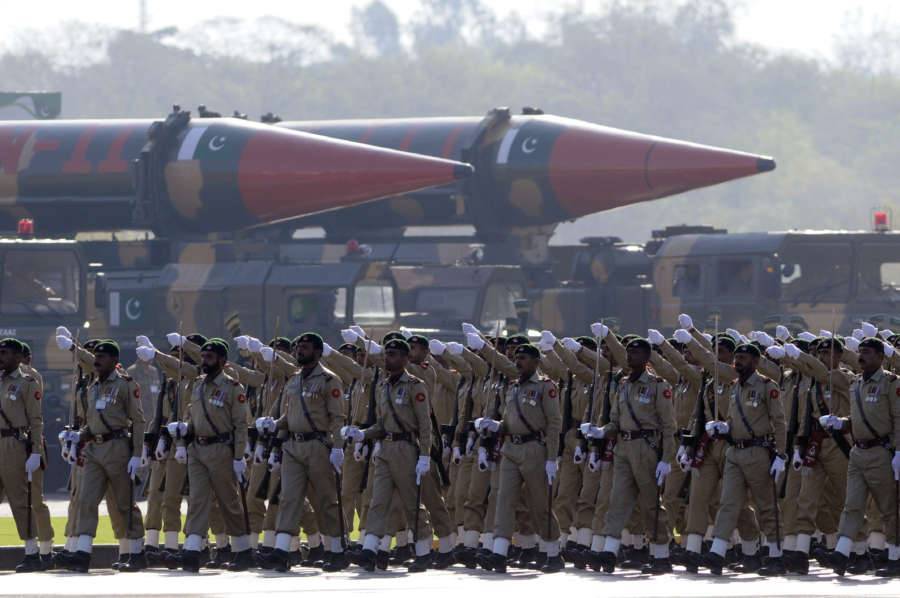
The gesture of returning 92,000 PoWs to Pakistan without securing any concessions from Rawalpindi resulted not in gratitude, but in a renewed desire to punish India through the “thousand cuts” strategy. There may often have been ambiguity in the stances taken by India, but there has been no ambiguity on the side of Pakistan that its military will continue with its multipronged war against India. Just as the numerous concessions made by the Indian side in talks with Pakistan resulted in zero benefits to our country, a withdrawal of forces from Siachen or even the entirety of Kashmir would only whet the appetite of GHQ Rawalpindi for inflicting still greater damage on India.
Much-heralded CBMs such as greater freedom of movement between liberated Kashmir and PoK only resulted in an increase in the intensity of infiltration subsequently. Allowing those from the liberated parts of Kashmir who had crossed over to the Pakistan-controlled side was another goodwill gesture that began the process which resulted in recruitment of local youths into the terror groups that had been sent across the LoC by Pakistan.
ALSO READ: US firms warned about risks of working with China
This is similar to what took place in the case of liberalisation of visas for citizens of the US, UK and Canada who had been active in the Khalistan movement of the 1980s. Visas were even given to those who flaunted their backing for violence and terrorism in the Punjab. Not surprisingly, many such individuals used their sojourn in India to try and enrol recruits for a recurrence of the mayhem that had afflicted Punjab for nearly two decades beginning in the 1980s. It did not help that most of those complicit in the 1984 riots in Delhi against the Sikhs remained at large subsequently.
Killing another human being on the basis of his or her being from a different community is a terrorist act, irrespective of the community to which the killer belongs. There can be no exceptions. What has prevented another round of the violence of the past in Punjab is the memory of what took place there during that time, when the valiant Sikh community (barring very few) stood by India and for the communal harmony that is the foundation of stability in the world’s largest democracy. A similar situation is coming into play in Kashmir, where fewer and fewer people seek a return to the violence of the 1990s.

CHINA, PAK UNITED IN THINKING ABOUT INDIA
The Pakistan military seems to have played its diplomatic hand with some dexterity. From the 1950s, Rawalpindi’s willingness to give lip service to the wishes of the US and the UK ensured the support of London and Washington despite the depredations committed against India. Such backing was reinforced by the countermeasures launched by the US as a kinetic response to the Soviet invasion of Afghanistan that began on 24 December 1979. During the 1990s, not only was the Taliban brought to power by the Clinton administration, but there was constant pressure on India to make impossible concessions to Pakistan in the matter of Kashmir.
While barriers to the giving of sensitive and scientific information to China were removed and the PRC’s entry into the WTO facilitated by President Clinton in 1995, although restrictions on technology transfer and other constraints that had been imposed on India since the 1970s remained in place. Given the cosy relationship between the PRC and the US at the time, it became an advantage for Pakistan to be close to China even in terms of its relationship with the US. Over the years, beginning with 9/11, as more and more information came to light in major NATO capitals about the terror-boosting activities of elements of the military and society in Pakistan, the relationship began to sour.
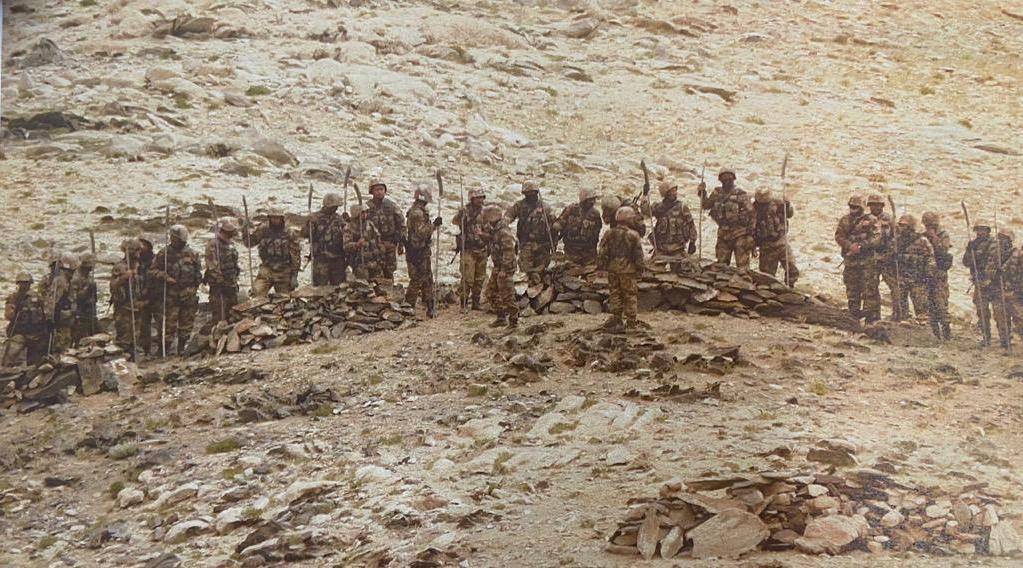
Simultaneously, the relationship between the PRC and Pakistan continued to deepen, such that Beijing took over where Washington had left off as a force-multiplier for the Pakistan military. There is a vital difference between the alliance of the PLA and GHQ Rawalpindi and that which had existed between the US and Pakistan militaries. While Washington was interested in causing blowback to India as a consequence of its Cold War 1.0 alliance-in-effect with the USSR, it had no interest in signing on to the GHQ Rawalpindi agenda of working to fragment first the society and subsequently the political map of India. Pakistan was winked and nodded up to a point in its activities against India, but that was far less a milestone than what GHQ Rawalpindi wished to cross.
In contrast, it cannot be argued with conviction that the PLA is similarly committed to the overall unity and integrity of India with the proclaimed exception of territories that belong to India but are claimed by China). Increasingly, the flow of events indicates that the PLA has signed on to the full GHQ Rawalpindi agenda, that of seeking to weaken to a disastrous degree the foundations of society, the economy and the territorial integrity of the only other country besides the PRC that has a population in excess (by hundreds of millions) of a billion people. To equate the situation now confronting India as a consequence of the Sino-Pakistan alliance (which is a major component of the Sino-Wahabi alliance) with that which prevailed during Pakistan’s military alliance with the US would be wrong.
ALSO READ: No room for compromise over Taiwan: China
he manner in which the PRC through the PLA is acting as a force-multiplier for GHQ Rawalpindi even in that military’s internal domination of select ethnicities and its control over PoK indicates that it would be safe to assume that the alliance with China goes far deeper than did that with the US, especially where India is concerned. This upward shift in anti-India capabilities as a consequence of the PRC having replaced the US as the protector and facilitator of GHQ Rawalpindi needs to be factored in when countermeasures are being designed. It must be assumed that the Sino-Pakistan alliance is on the same page where its overall objectives towards India are concerned.
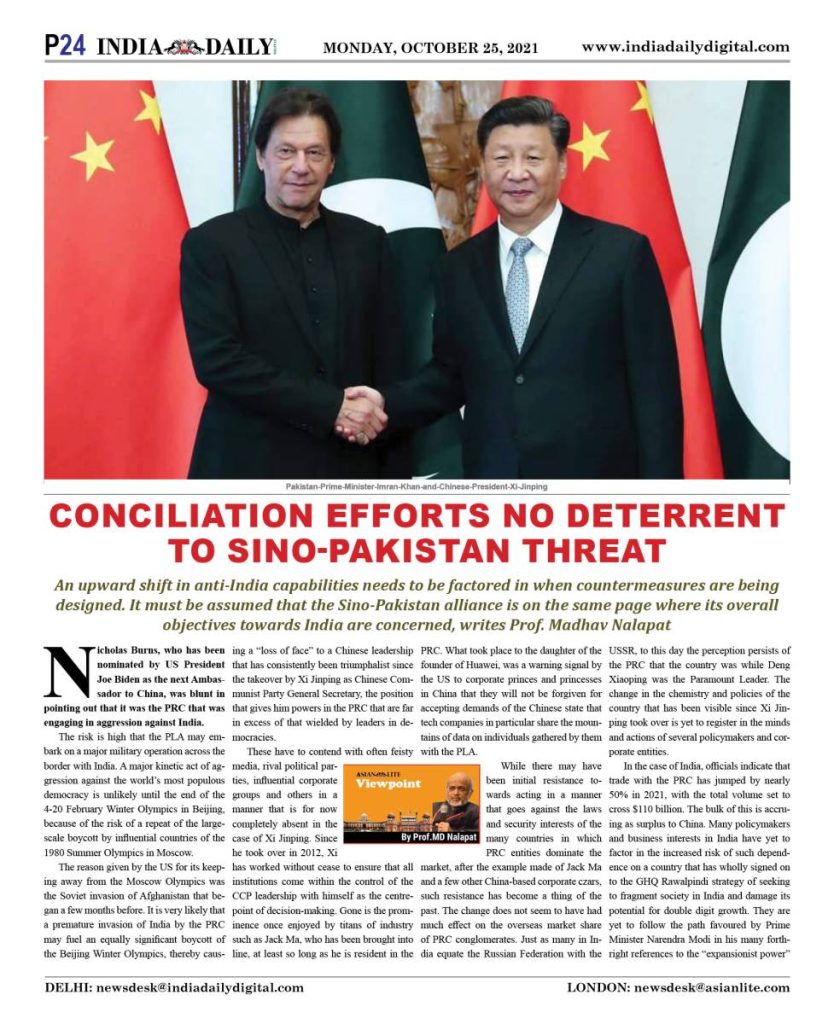
REALISTIC STRATEGY BEST DETERENT
The best deterrence against a kinetic conflict on the Line of Actual Control (LAC) with China, and this is a shifting line, as Beijing turned down Prime Minister Modi’s statesmanlike offer in 2015 to establish a common conception of the LAC, is to demonstrate that any such conflict would end in disaster for China and Pakistan. Sovereignty, strategic or otherwise, is not an abstract concept but is grounded in control over territory and freedom of action. Were the PRC to experience a reversal of the 1962 outcome and suffer a defeat after initiating another border war with India, the political consequences for Xi Jinping would be severe, as would be the effect of the PRC’s image as a rising, almost invincible, power in the wider global community.
This would be the case, were a global strategy based on recognition of realities on the ground to be implemented. Only then will deterrence come into effect, and not just through holding meeting after meeting, CBM after CBM, all of which have been flouted by the Sino-Pakistan alliance as soon as an opportunity was presented to them to cause harm to India.



